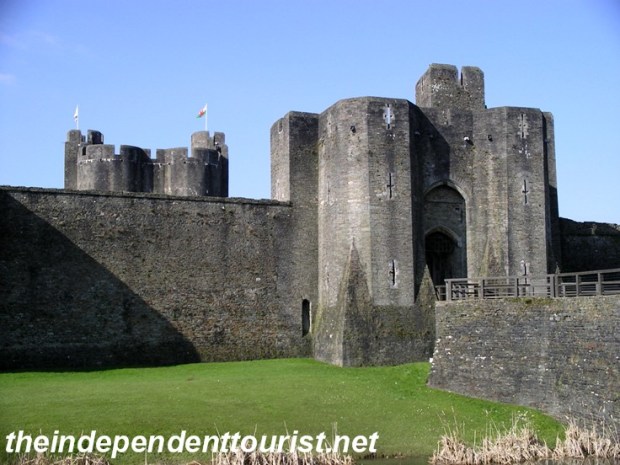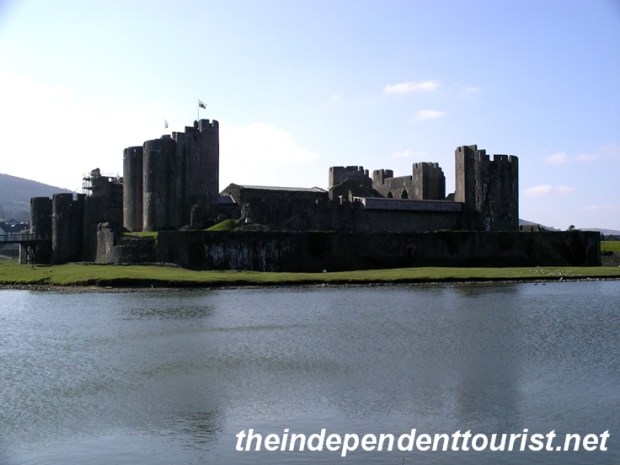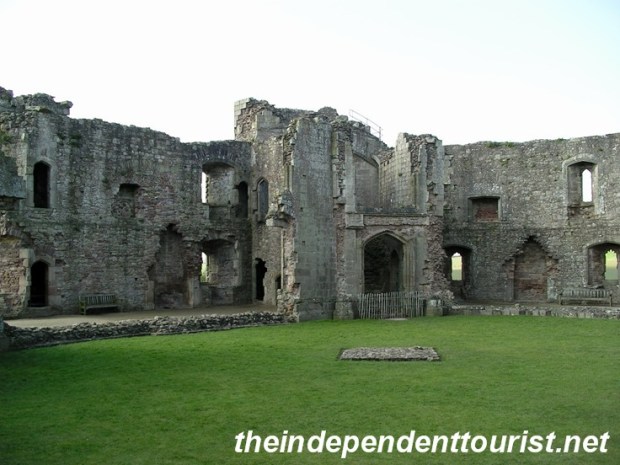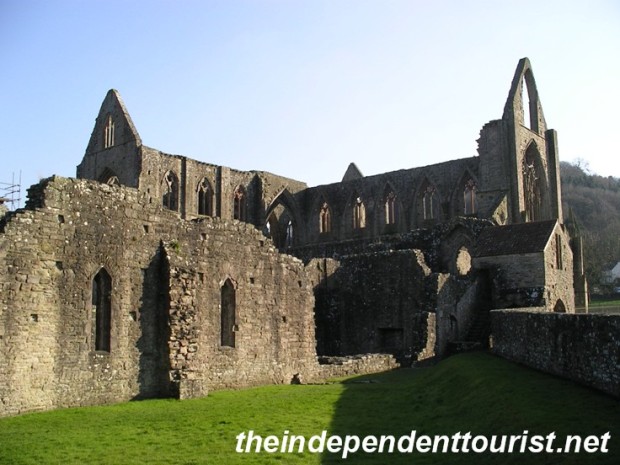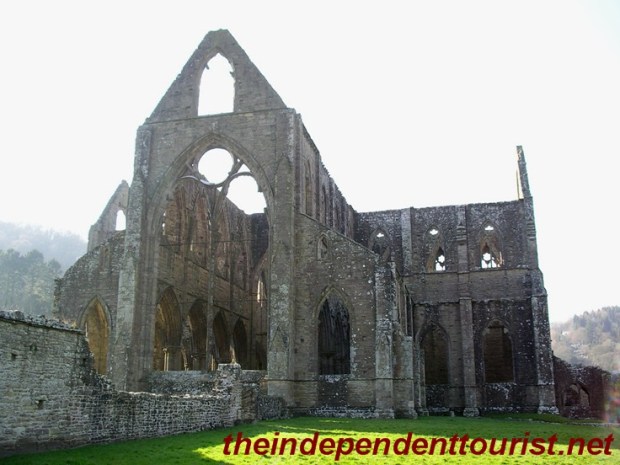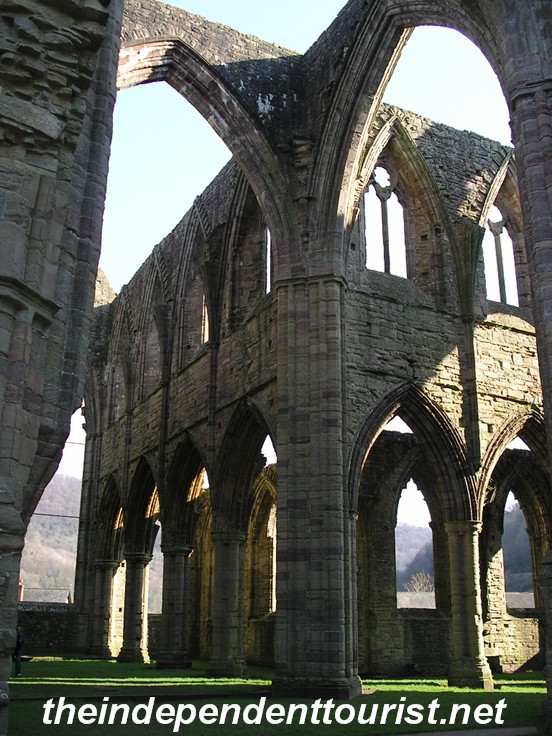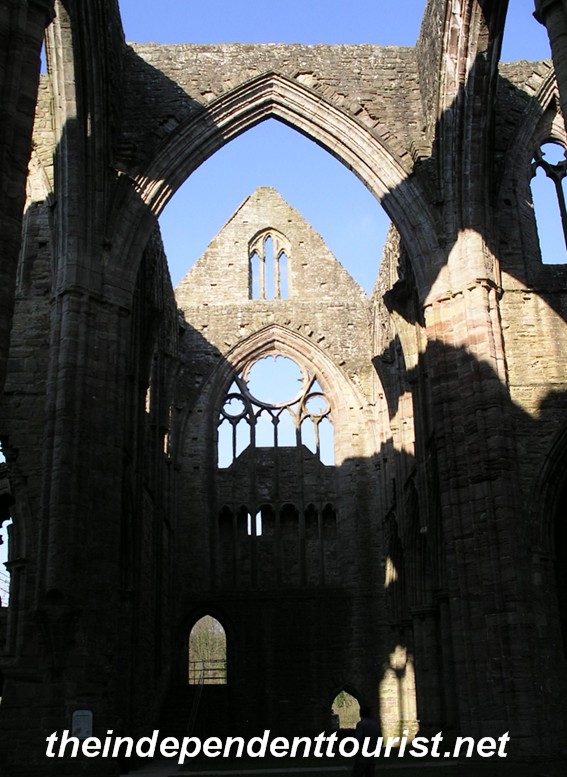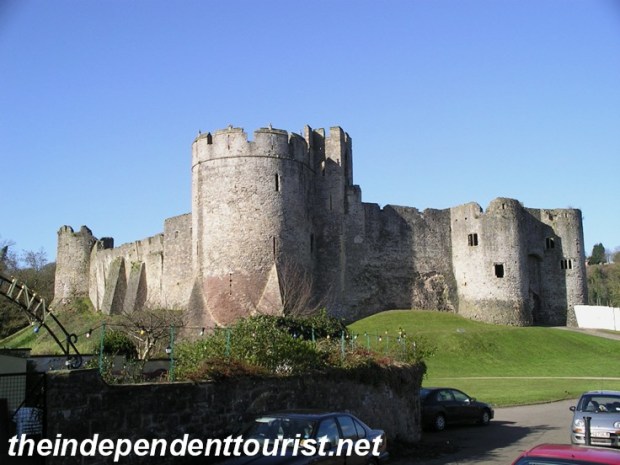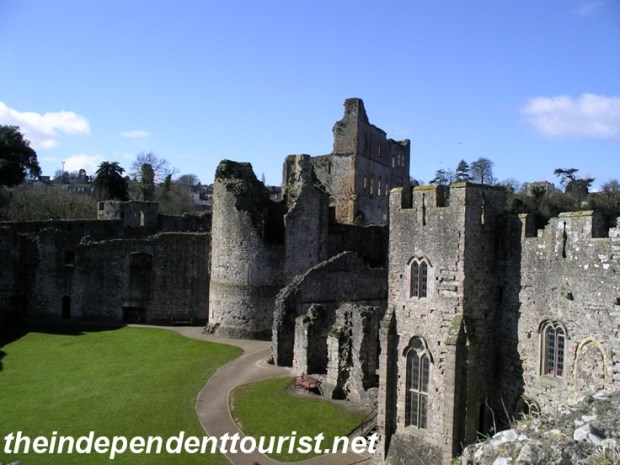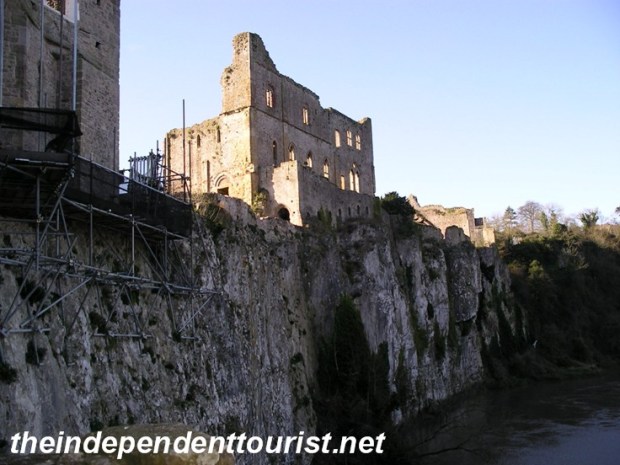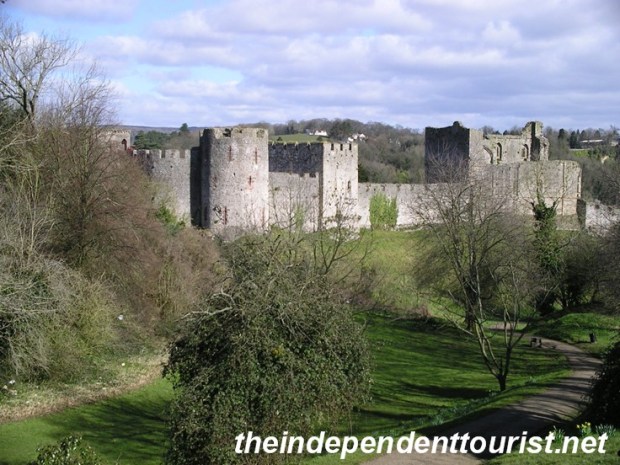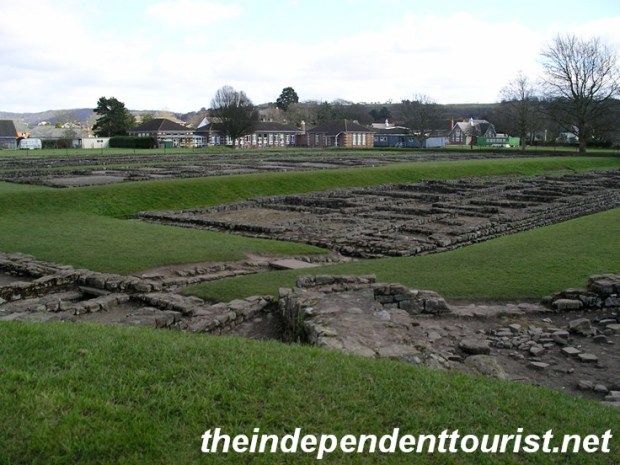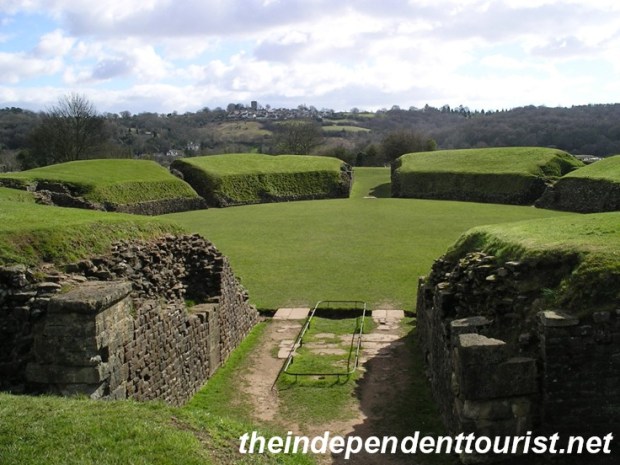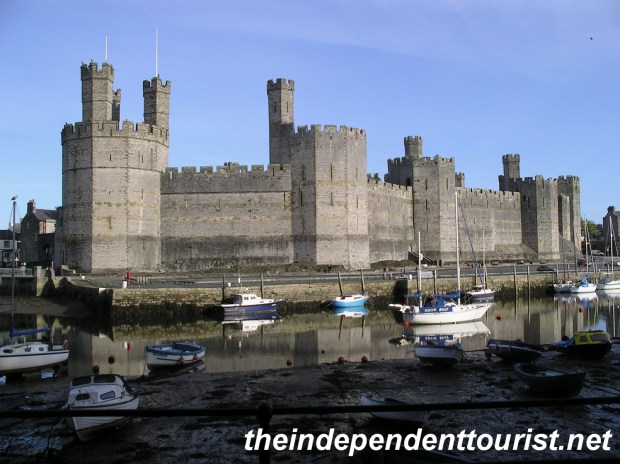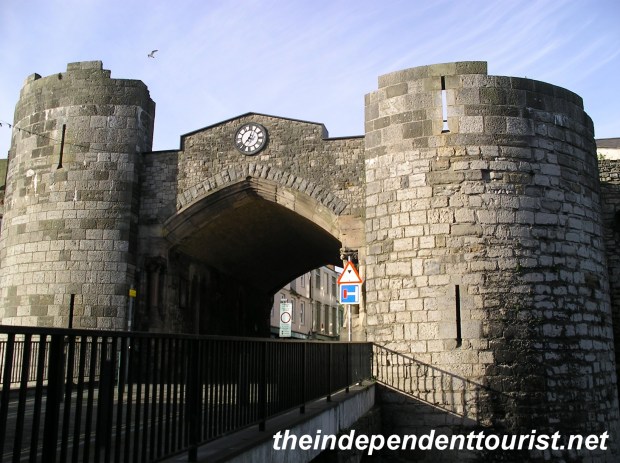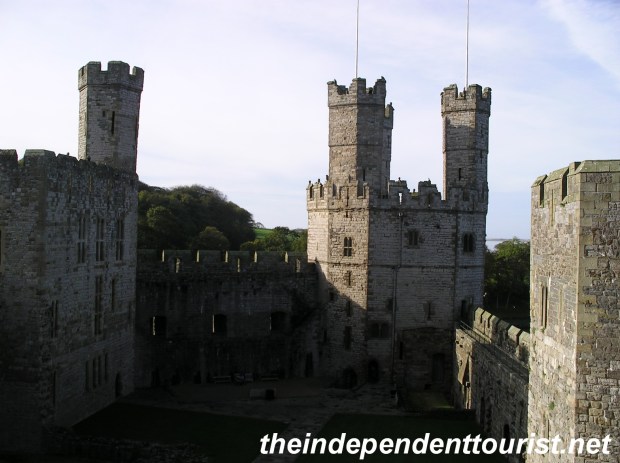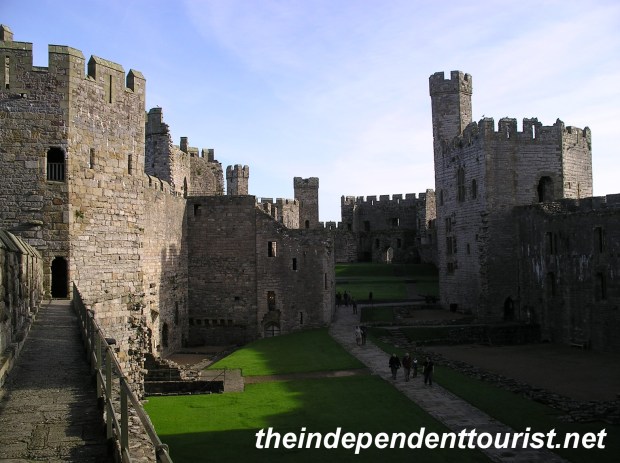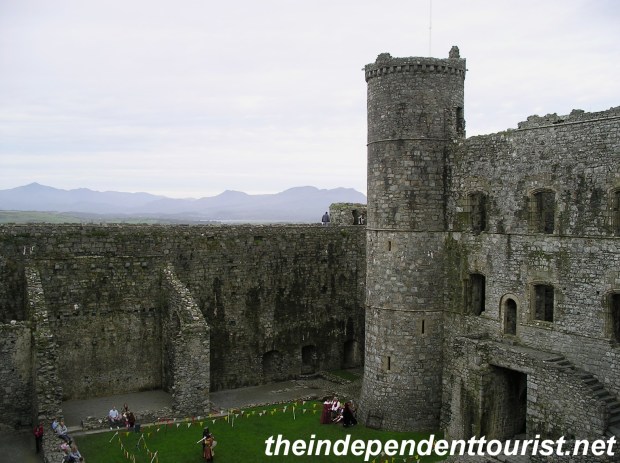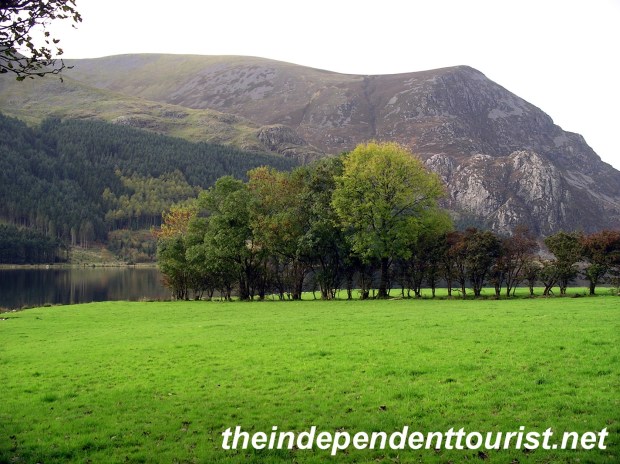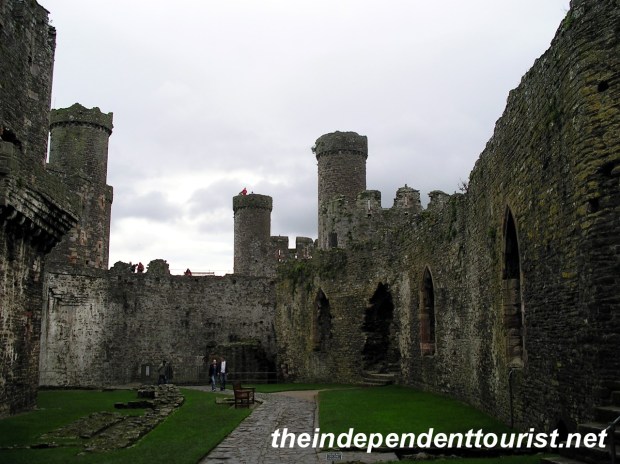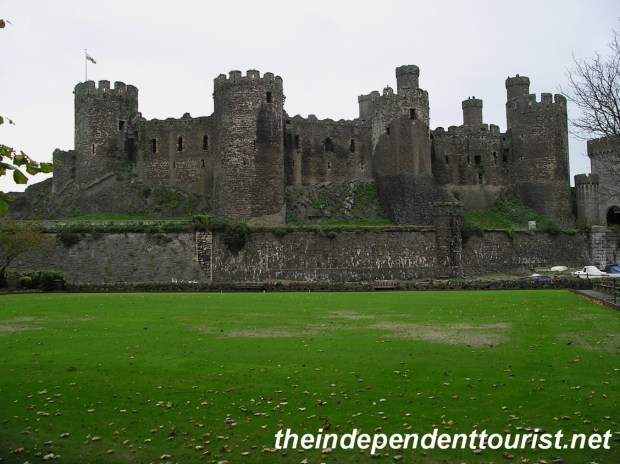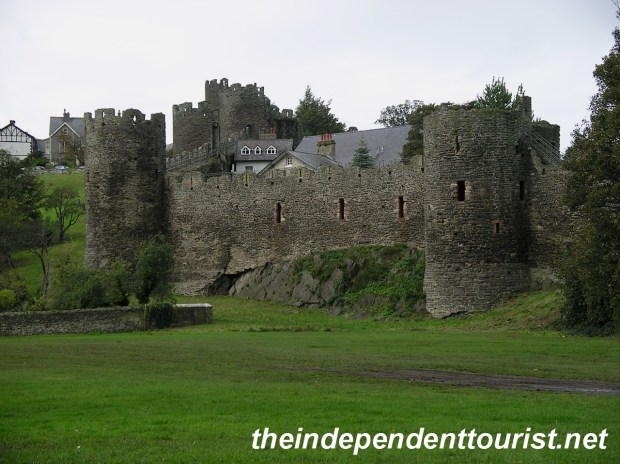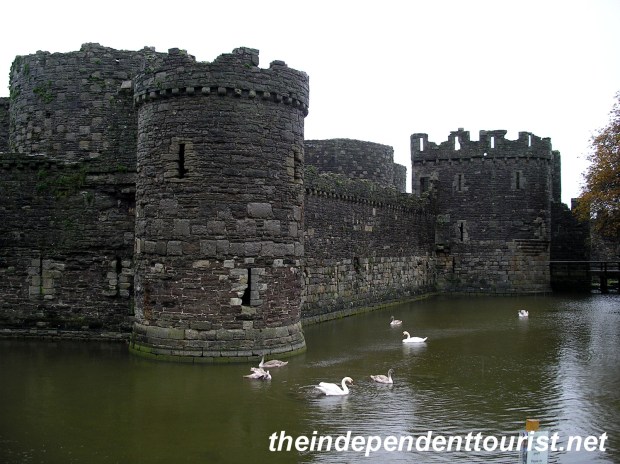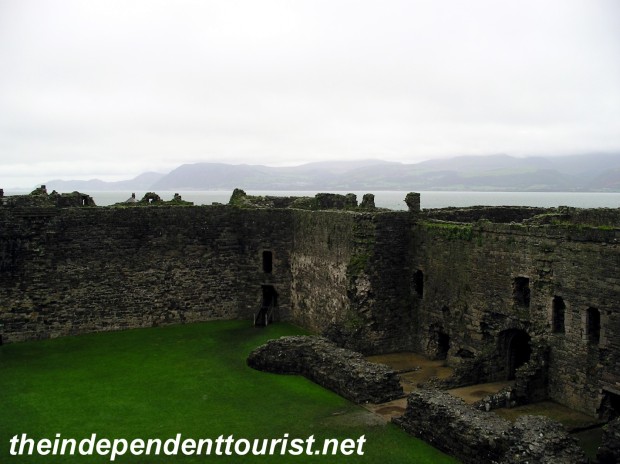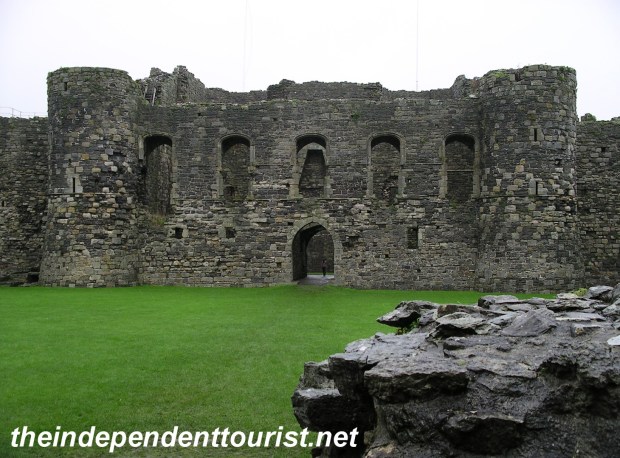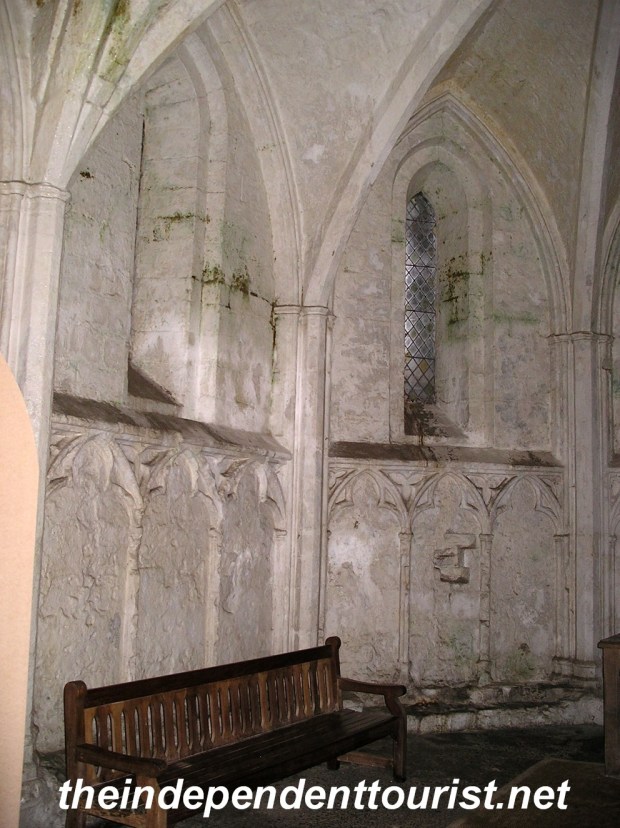The country of Wales has much to offer and attracts fewer tourists than other parts of Great Britain. The sights below are not far from Cardiff, the largest city and capital of Wales. For a map of places visited in Wales click here.
Caerphilly Castle. Caerphilly Castle is just north of Cardiff (about 6 miles). It is the largest castle in Wales and the 2nd largest castle (in area) in Britain. Construction on Caerphilly began in 1268 and its design changed the direction of castle architecture in Britain due to its use of several revolutionary defensive features, including its massive rings of concentric walls and a sophisticated system of moats and lakes.
Near the entrance are some great examples of siege engines—they are huge, and must have caused a lot of damage by hurling huge projectiles hundreds of yards. The main features of Caerphilly are the walls, towers, Great Hall and water-filled moats. Well worth a stop!
Raglan Castle. Raglan Castle, located northwest of Cardiff about 32 miles, is interesting in a number of ways. It was one of the last “medieval” castles built in the UK, with initial construction having begun in 1432 on the Great Tower (which is really after the medieval era).

The gatehouse range – the entrance to the castle since the 1460’s. An imposing sight to visitors in the 1400’s and today.
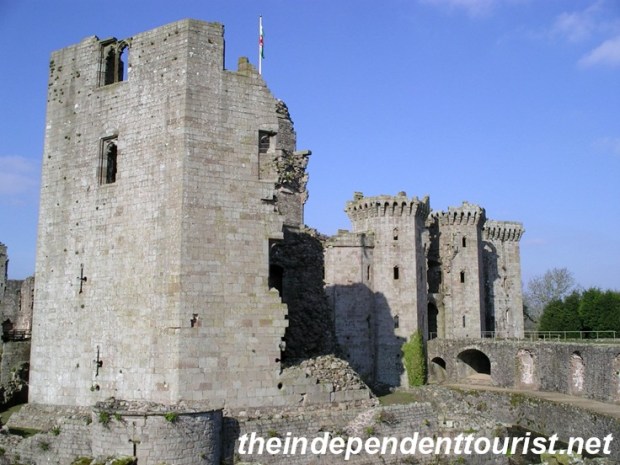
The remants of the Great Tower (center left), the first edifice constructed at Raglan. It withstood heavy attacks during the civil war in 1646.
Also, the main castle was built separately from the stronghold, or keep (called the Great Tower), rather than the typical medieval arrangement of the castle walls and living quarters extending from and surrounding the keep.
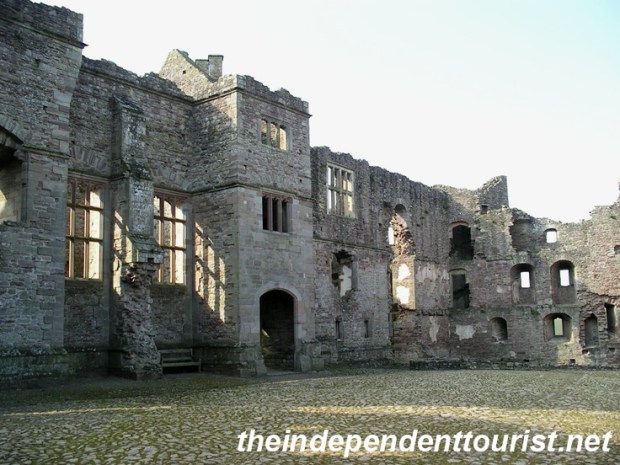
The Pitched Stone court at Raglan. It was the domain of the household staff–containing kitchens, pantries, and offices.
Additionally this castle was transformed in the early 17th century into an Elizabethan mansion with extensive terraced gardens, fountains and a man-made lake, rivaling many of the great palaces of its time. While the gardens and lake have not survived to the present day, their traces can still be seen. I really enjoyed visiting this castle – it is large and has a number of interesting features and (ruined) rooms. Most of the castle we see today were constructed in the 1400’s and 1500’s.
Tintern Abbey. Ok, it’s not a castle, but Tintern Abbey, about 36 miles from Cardiff and just 5 miles north of Chepstow along the River Wye is a classic medieval abbey ruin.
The soaring interior space of the great church with the green grass floor and the elegant architecture with towering columns and intricate windows frames is a beautiful sight.
I love medieval abbeys as much as I do medieval castles. Tintern was a Cistercian abbey, originally founded in 1131, and the present church we see today was built between 1269 and 1301. In its prime, up to 400 monks lived at Tintern and the abbey was an economic hub of the area for 400 years, overseeing vast agricultural production and other activity.
There are a number of other ruins to see in the monastery (living quarters, infirmary, and chapter house) in addition to the church. There’s lots of good informational signage around the site.
